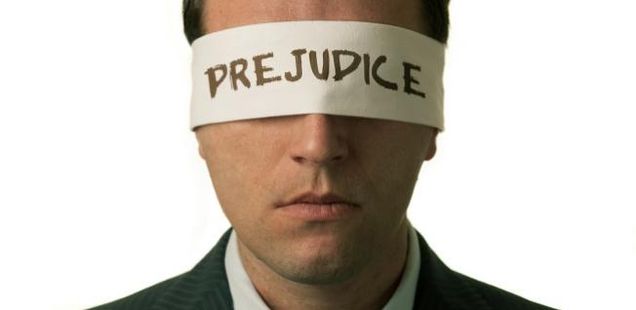Tagged: neurosociology
Why Are People Sexist, Racist, and Judgmental? Behind Cognitive Bias and Prejudice
A man or a woman could be of above-average intelligence, well-educated in medicine and psychology, and understand that every statistical measurement of personality and temperament can be distributed across a bell-curve in a large enough population. He or she could comprehend the determining power of genetics, the impact of cultural influence on belief systems, and how neuroplasticity molds our mental processing to respond to environmental stimuli.
A clever, sophisticated professional could understand all of this, yet still believe that somehow, all members of the opposite sex are manipulative and irrational. Not some, all 3.5 billion of them. Why?
Perhaps throughout his or her life, this person has made irrational decisions to socialize with very irrational and emotional people of the opposite sex, and through these experiences has thus formed a gender bias. Research shows we tend to mostly place people into categories of gender, race, and age. This task is so pervasive that scientists have deemed it our “primitive” categorization.
 Once we’ve made up our mind about a group, or even someone in particular (consciously or not), it’s often hard to change our opinion. When beliefs are formed, confirmation biases kick in and begin to look for information that supports our views, and selectively ignore everything which doesn’t. Maybe someone had decided that you were shy and uptight when you first met. You were more reticent than usual because you had only gotten 3 hours of sleep the night before. Now that acquaintance may not notice all the times you’re friendly and outgoing, but instead seems to pounce on all the times you’re a little quiet.
Once we’ve made up our mind about a group, or even someone in particular (consciously or not), it’s often hard to change our opinion. When beliefs are formed, confirmation biases kick in and begin to look for information that supports our views, and selectively ignore everything which doesn’t. Maybe someone had decided that you were shy and uptight when you first met. You were more reticent than usual because you had only gotten 3 hours of sleep the night before. Now that acquaintance may not notice all the times you’re friendly and outgoing, but instead seems to pounce on all the times you’re a little quiet.